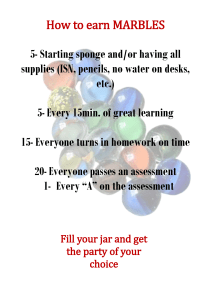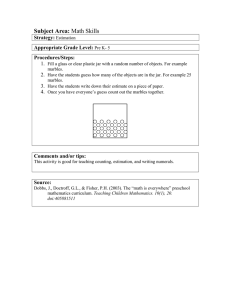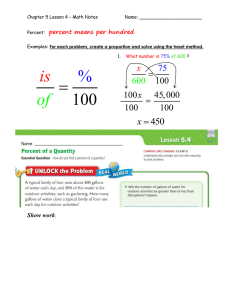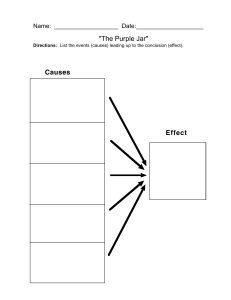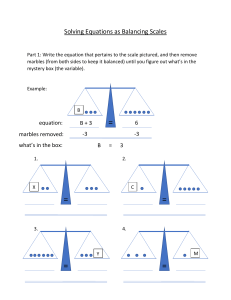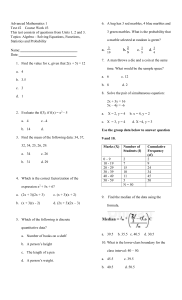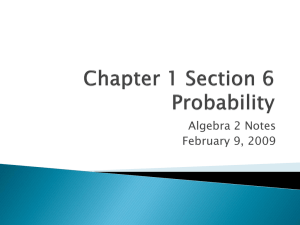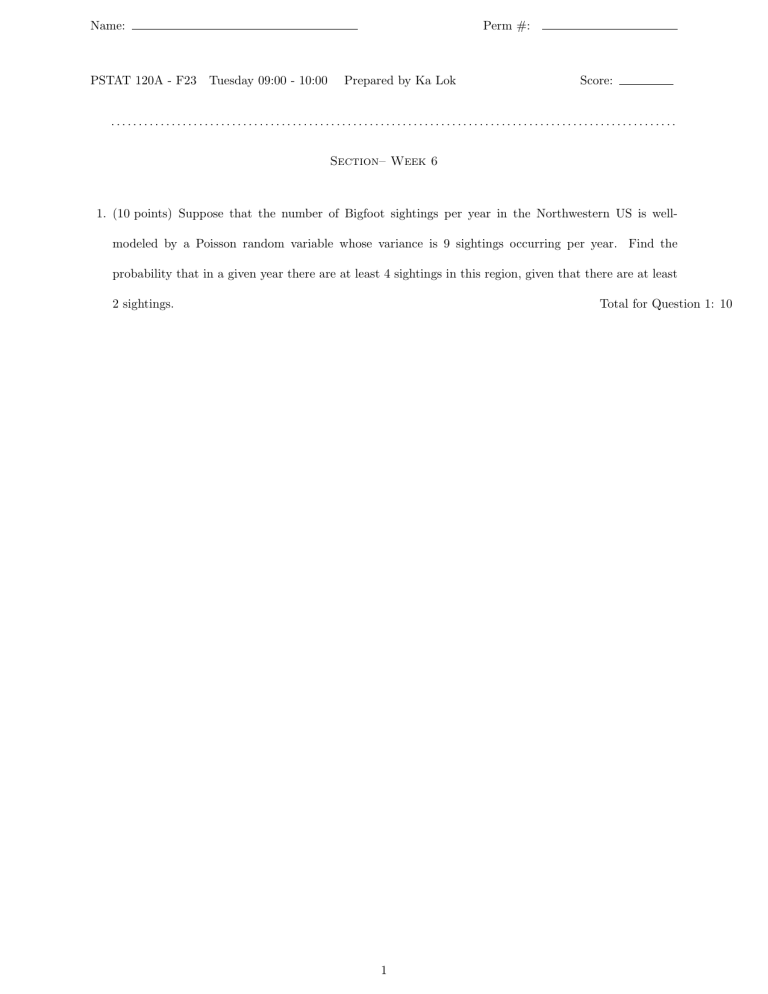
Perm #: Name: PSTAT 120A - F23 Tuesday 09:00 - 10:00 Prepared by Ka Lok Score: ....................................................................................................... Section– Week 6 1. (10 points) Suppose that the number of Bigfoot sightings per year in the Northwestern US is wellmodeled by a Poisson random variable whose variance is 9 sightings occurring per year. Find the probability that in a given year there are at least 4 sightings in this region, given that there are at least 2 sightings. Total for Question 1: 10 1 2. A jar contains 3 white and 4 black marbles. Paul randomly chooses 4 of them. (a) (5 points) Find the probability that the number of black and white marbles are equal. (b) (5 points) Paul now draws marbles repeatedly according to the following rule: if the number of black and white marbles are equal then he stops; otherwise, he puts the marbles back and draws again. Let X be the number times that Paul draw marbles. Find the distribution of X, its support and state clearly as the parameters. (c) (5 points) Suppose the rule is changed so that Paul stops if the number of black and white marbles are equal the third time instead of the first time. Find the probability that Paul draws exactly 7 times. Total for Question 2: 15 2 3. Consider four nonstandard but fair (that is all sides are equally likely) dice, whose sides are labeled as follows A : 4, 4, 4, 4, 0, 0 (3) B : 3, 3, 3, 3, 3, 3 (4) C : 6, 6, 2, 2, 2, 2 (5) D : 5, 5, 5, 1, 1, 1 (6) The four dice are rolled once. Let A, B, C, D denote the result for die A, B, C, D respectively. (a) (4 points) Find P (A > B), P (B > C), P (C > D) and P (D > A) (b) (6 points) Determine the truth of the following statements with reasons: i. The events A > B and B > C are independent ii. The events B > C and C > D are independent iii. The events A < B and B < C are independent. Total for Question 3: 10 3 4. A jar contains 4 red balls and 6 blue balls. Two draws are made according to the following rule: first a ball is chosen randomly and its color is noted; then the ball is put back and 3 more balls of the same color is put into the jar. Lastly, we draw from the jar randomly the second time. (a) (5 points) Find the probability that the second ball drawn is red (b) (5 points) Given that the second ball drawn is red, find the probability that the first ball is blue. (c) (10 points) We are going to generalize the previous results. Suppose now we have a jar with r red balls and b blue balls. After the first draw, the ball is first put back and d more balls of the same color is put into the jar. Show that the probability that the second ball is red is independent of d, that is, it contains no d in its formula. Total for Question 4: 20 4 5. Brian and Katie take turns throwing one dart at the dartboard. Brain hits the bullseye with probability b and Katie hits with probability k. Suppose 0 < b, k < 1. Assume all throws are independent and the game stops once someone hits the bullseye. (a) (10 points) Let X be the total number of throws of the game. Find the support and the probability mass function of X. Include a step to verify that the function you obtain is a probability mass function. (b) (5 points) Find the probability that Brian wins. (c) (5 points) Suppose now Brian and Katie play 10 independent dart throwing games. Find the probability that everyone wins at most 1 game more than their opponent. Total for Question 5: 20 5
